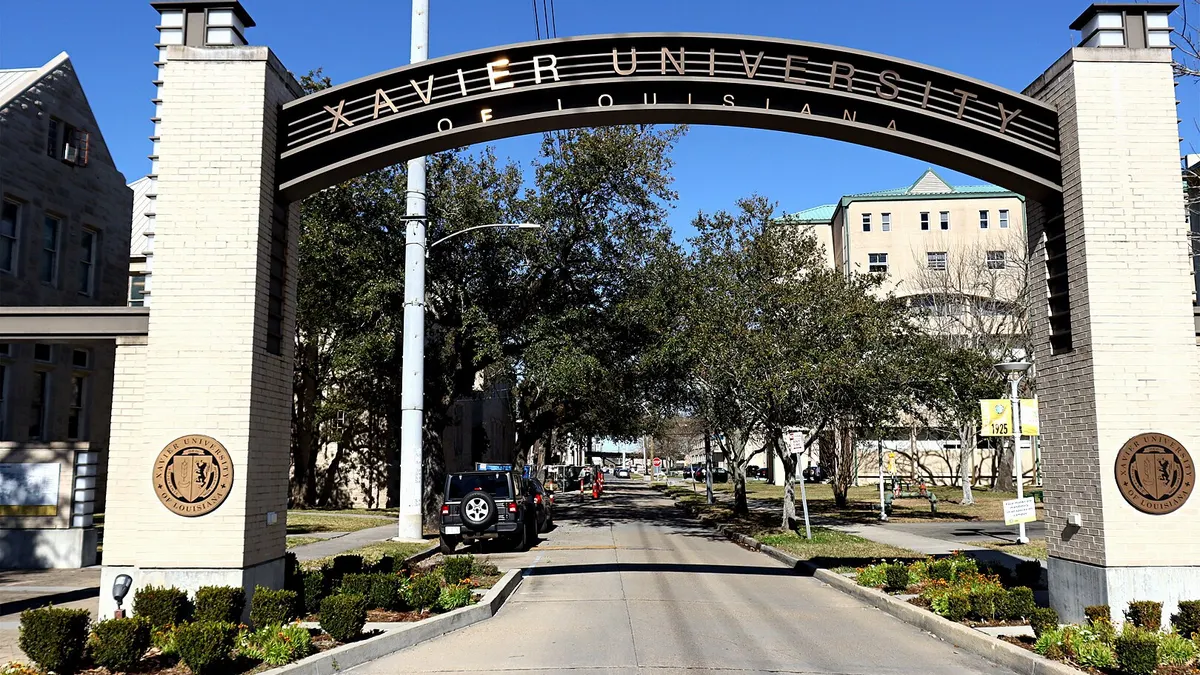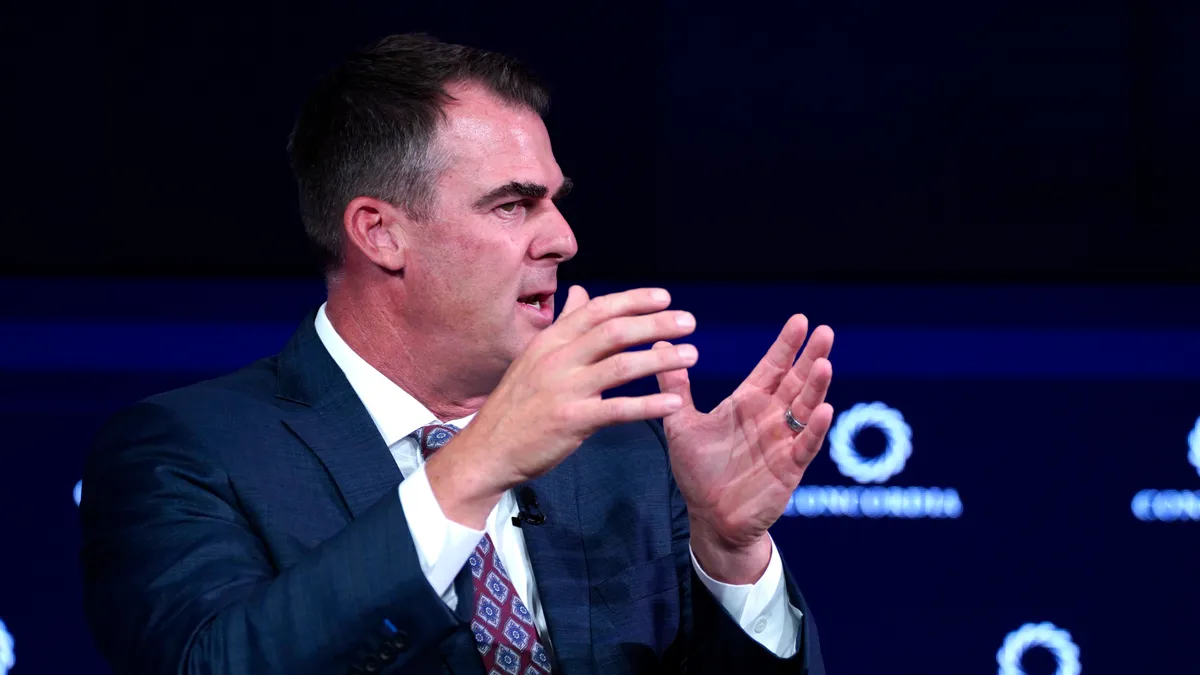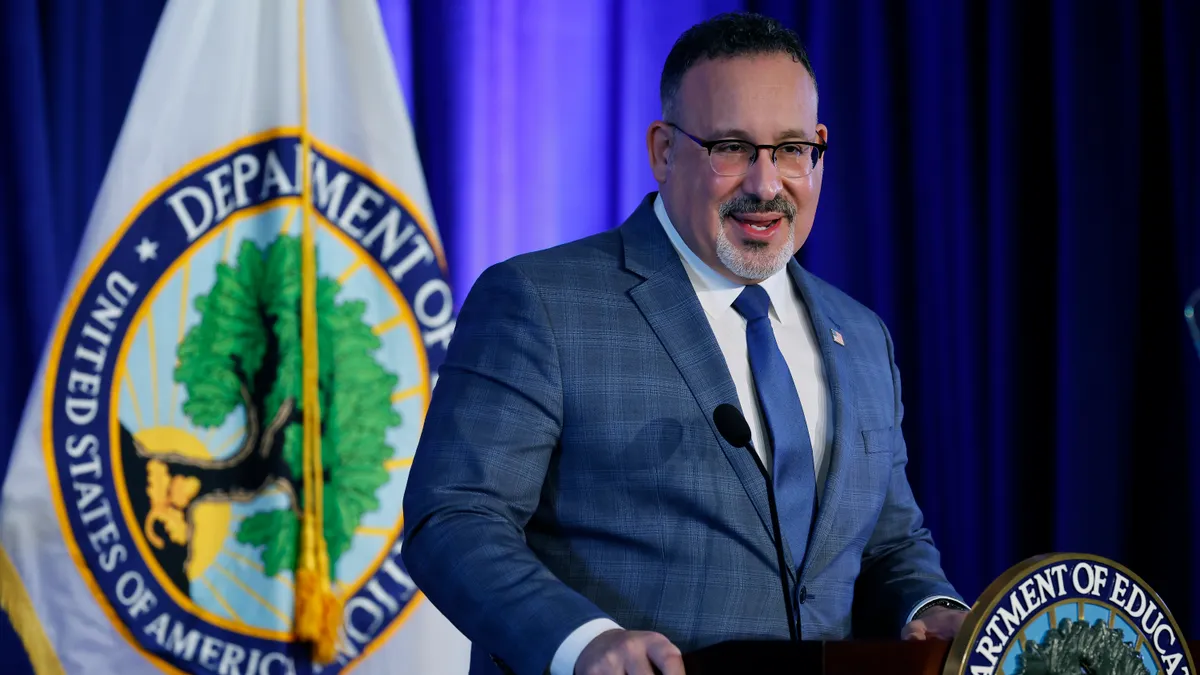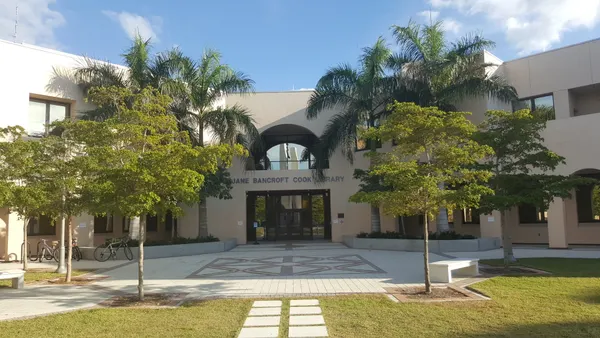Ricardo Azziz has held numerous executive positions in higher education and led the merger that resulted in Georgia Regents University, now Augusta University. He is principal at Strategic Partnerships in Higher Education, or SPH, Consulting Group.
He writes the regular Merger Watch opinion series on corporate restructuring in higher education.
In today’s higher education environment, colleges often must be part of a bigger enterprise to either survive or grow. This calls for greater and more radical major institutional restructuring, such as mergers, acquisitions or even closures.
Much rests on the college leaders who — willingly or not — undertake these initiatives.
In a recent book I coauthored with other higher education experts, we interviewed some 50 or so leaders who had undertaken, successfully or not, major institutional restructuring. Most of those leaders, as well as others with whom my colleagues and I work, voice concerns about being able to lead in higher education again.
Would anybody hire them after the initiative had succeeded or, worse, had failed? The answer to that question depends on the narrative that builds around the leader and the restructuring they undertook.

Major changes at a college or university are always met with resistance. Whether the merger was successful or not —and that will take years to determine — many campus stakeholders will be angry and happy to turn to the media, often accusing leaders of selling out the college, not caring about its history or being poor negotiators. Those comments will in turn color the perspective of any subsequent hiring committee, particularly scaring off its faculty members.
In speaking with college leaders and observing recent news, I have been struck by the ability of some of them to present a positive narrative of their experiences in leading major restructuring. For example, Joseph Chillo, who led the 2019 closure of Newbury College, and Marcheta Evans, who helped lead the merger of Bloomfield College with Montclair State University, have both been able to highlight the necessity of these difficult decisions in a thoughtful, humble and compassionate manner.
However, it was also obvious that many leaders are less able to craft a positive narrative of the restructuring and their involvement. These examples summarize the various perspectives I've observed as leaders share their experiences:
The victim: “I was pushed to do this despite the great risk to my career.”
The knowing but ignored leader: “I was pushed to do this despite the great risk to my career and the fact that I told them it was a bad idea.”
The resistance fighter: “I was pushed to do this, and I told them it was a bad idea, so I resisted in as many ways as I could, despite the great risk to my career.”
The good soldier: “Regardless of my views on the initiative, I diligently followed orders and undertook the initiative.”
The unwilling hero: “I was tasked with the initiative and undertook it diligently, despite the great risk to my career.”
The distant leader: “I was part of the initiative but was somewhat removed from or had a limited role in what was happening.”
The (overly) enthusiastic leader: “I took on the initiative, as I saw only positives to its undertaking.”
The servant leader: “I was part of the initiative, understood its importance and risks and undertook it, as was my responsibility.”
The growing leader: “I was part of the initiative, understood its importance and risks, and undertook it, as was my responsibility, and have learned much about what we did right and, more importantly, what we did wrong.”
In fact, leaders involved in restructuring should only embrace the last two narratives — and perhaps only the last one. Those perspectives present their role with a degree of humility, recognizing that they must assume the responsibility for making difficult decisions for their students and community but also acknowledging that they have continued to learn from the experience.
Leaders are indelibly tied to any major restructuring they've overseen — these initiatives become part of their professional and life stories. A narrative will be crafted around an initiative that impacts heritage, history, community and the future as much as a major college restructuring does. Leaders can choose to actively and diligently manage that narrative — or others will craft it for them.
How can college leaders build a positive narrative when undertaking major restructuring? Here is a six-step plan:
Be prepared: Have a clear narrative about the initiative and your role in it. Make it short, to the point and practiced.
Be consistent: Ensure you present your narrative consistently, regardless of the audience.
Be positive: While some initiatives will succeed and others will fail, it is important to remain positive about why you needed to explore the initiative, as well as the continuing need for proactive and future-oriented action in today’s higher ed environment — for the sake of our students and our internal and external communities.
Be humble: Be clear that you have learned much when undertaking the initiative and that you believe successful leadership is about continued growth and addressing any mistakes responsibly.
Be genuine: Be truthful and authentic. Nothing becomes more obvious under scrutiny than presenting yourself as somebody you are not. Too many take credit for actions done by others, claim skills that they lack or speak knowledgeably of things they know little about.
Own it: Do not present yourself as a distant or unwilling victim of the initiative. If you are the leader involved, it is your initiative to lead. Embrace your role and the initiative you are leading, thorns and all.
The burden of leading major restructuring is one that most higher education leaders do not necessarily seek. But sought or not, these initiatives are increasingly needed and will increasingly occur. Leaders should remember that their best approach to ensuring career continuity is to present a clear and positive narrative about the event — so that others do not build it for them.

































